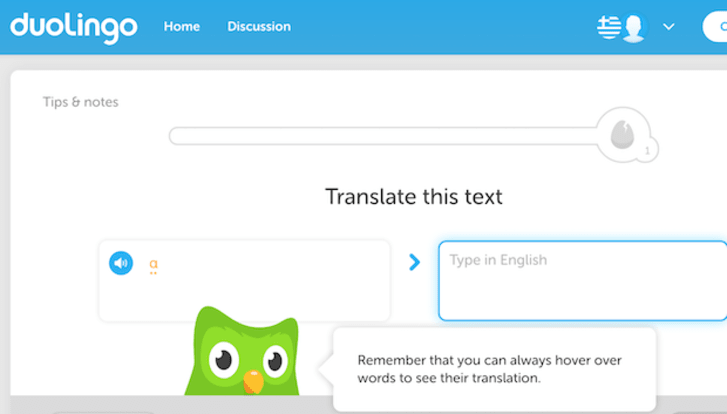
Spanish advanced to second in the company’s self-calculated ranking of most-studied languages, supplanting French, and Asian languages saw rises in popularity. It includes popularity trends of the 39 languages taught on Duolingo. The annual report offers a look at the company’s global reach. The pandemic accelerated a pattern of growth that puts Duolingo in a good position as it prepares an initial public offering expected in 2021. A $35 million funding round in November saw the company valued at $2.4 million, and as of last year employed 166 people at its East Liberty headquarters, with plans to hire more. That household name status is especially unique for a venture stemming from one of the city’s research institutes, which tend to spin-off companies involved in robotics and other advanced technology. In April, Duolingo also surpassed one million paying users, who are willing to forfeit a monthly subscription fee to bypass ads and get a more optimized product.įounded in 2009 by Carnegie Mellon University professor Luis von Ahn (now its CEO) and his graduate student-turned-CTO Severin Hacker, the company became Pittsburgh’s first unicorn last year, and it is perhaps the city’s only homegrown tech company familiar to the general public. This lockdown spike pushed Duolingo past a milestone of 500 million total users since its launch in 2011. This timeframe spans from the day the World Health Organization declared COVID-19 a pandemic to the final month of the most severe government restrictions. From March 11 to April 30, Duolingo added 30 million new users worldwide, 67% more than the number of new users during the same period in 2019, according to a newly released company report. Many people took to learning new language skills, new data from Duolingo indicates.ĭuring the spring COVID-19 lockdown, Pittsburgh-based language learning app saw an uptick in new user signups. But if you recall, in the Tiger King/stimulus check era of March and April, a top concern for a large swath of the world’s population was filling up and making productive their newly allotted ocean of homebound free time.


The spring lockdown stage of the COVID-19 pandemic seems like years ago to a world that’s been shoved through several tragic, anxiety-inducing, hair-whitening phases of new surges and hotspots.


 0 kommentar(er)
0 kommentar(er)
